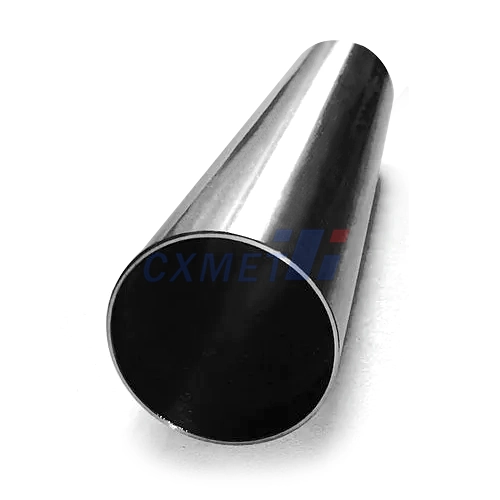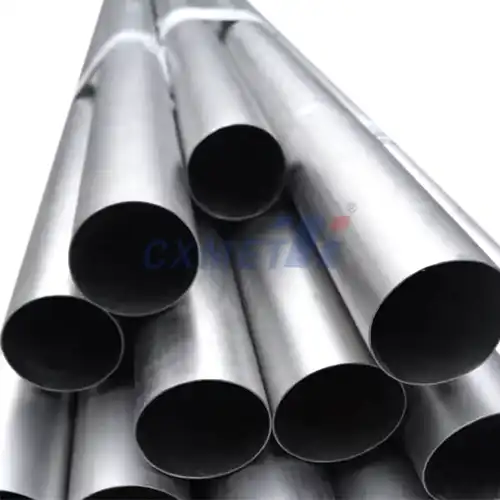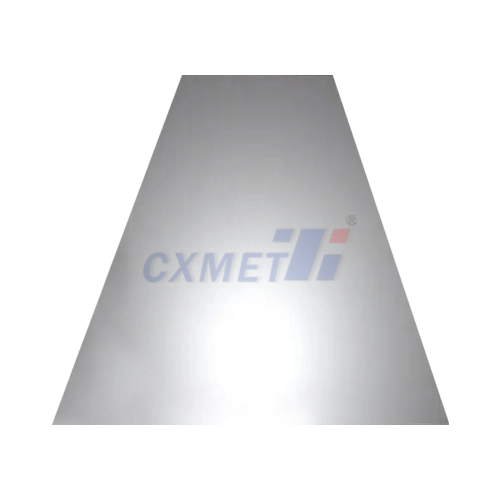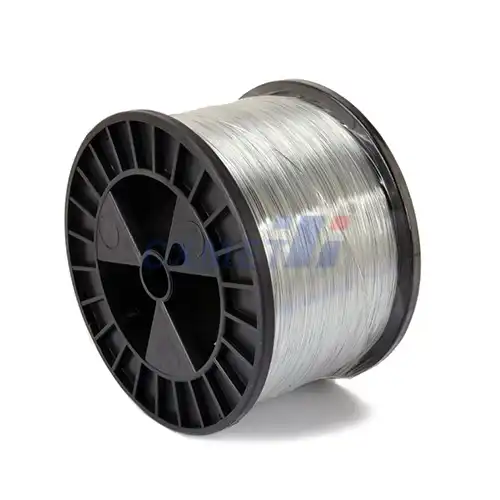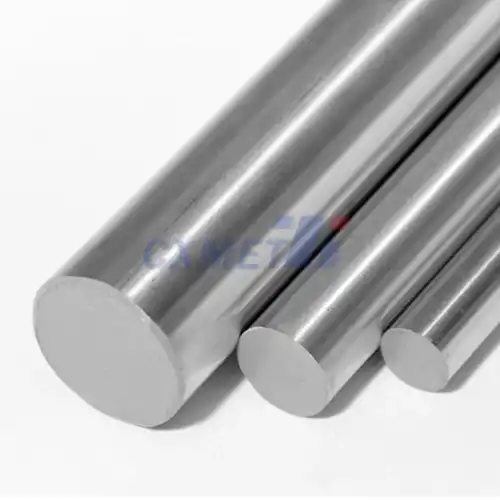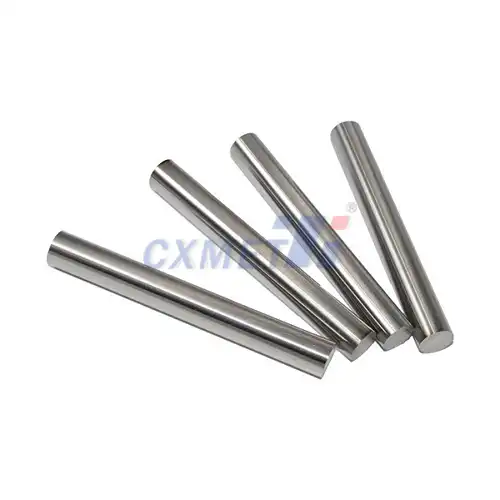- English
- French
- German
- Portuguese
- Spanish
- Russian
- Japanese
- Korean
- Arabic
- Greek
- German
- Turkish
- Italian
- Danish
- Romanian
- Indonesian
- Czech
- Afrikaans
- Swedish
- Polish
- Basque
- Catalan
- Esperanto
- Hindi
- Lao
- Albanian
- Amharic
- Armenian
- Azerbaijani
- Belarusian
- Bengali
- Bosnian
- Bulgarian
- Cebuano
- Chichewa
- Corsican
- Croatian
- Dutch
- Estonian
- Filipino
- Finnish
- Frisian
- Galician
- Georgian
- Gujarati
- Haitian
- Hausa
- Hawaiian
- Hebrew
- Hmong
- Hungarian
- Icelandic
- Igbo
- Javanese
- Kannada
- Kazakh
- Khmer
- Kurdish
- Kyrgyz
- Latin
- Latvian
- Lithuanian
- Luxembou..
- Macedonian
- Malagasy
- Malay
- Malayalam
- Maltese
- Maori
- Marathi
- Mongolian
- Burmese
- Nepali
- Norwegian
- Pashto
- Persian
- Punjabi
- Serbian
- Sesotho
- Sinhala
- Slovak
- Slovenian
- Somali
- Samoan
- Scots Gaelic
- Shona
- Sindhi
- Sundanese
- Swahili
- Tajik
- Tamil
- Telugu
- Thai
- Ukrainian
- Urdu
- Uzbek
- Vietnamese
- Welsh
- Xhosa
- Yiddish
- Yoruba
- Zulu
How Does Ti3Al2.5V Titanium Alloy Perform In High-Temperature Applications?
2024-08-30 14:21:59
Ti3Al2.5V titanium alloy, also known as Grade 9 titanium, is a high-strength, heat-treatable alpha-beta titanium alloy that has gained significant attention in various industries due to its exceptional properties. This alloy is particularly noteworthy for its performance in high-temperature applications, where it exhibits a unique combination of strength, corrosion resistance, and thermal stability. As industries continue to push the boundaries of material capabilities, understanding the behavior of Ti3Al2.5V in elevated temperature environments becomes crucial for engineers and designers looking to optimize their products and processes.
What are the key properties of Ti3Al2.5V titanium alloy tubes?
Ti3Al2.5V titanium alloy tubes have become increasingly popular in various high-performance applications due to their exceptional combination of properties. These tubes offer a unique blend of characteristics that make them suitable for use in demanding environments, particularly where high strength-to-weight ratio and excellent corrosion resistance are required.
One of the primary advantages of Ti3Al2.5V titanium alloy tubes is their outstanding strength-to-weight ratio. This property is particularly beneficial in aerospace and automotive industries, where reducing weight without compromising structural integrity is crucial. The alloy's composition, consisting of titanium with 3% aluminum and 2.5% vanadium, contributes to its high strength while maintaining a relatively low density compared to many other structural materials.
Corrosion resistance is another key property that sets Ti3Al2.5V tubes apart from other materials. The alloy forms a stable, protective oxide layer on its surface when exposed to oxygen, providing excellent resistance to various corrosive environments. This characteristic makes it suitable for applications in chemical processing plants, marine environments, and other corrosive settings where material degradation is a concern.
The thermal properties of Ti3Al2.5V alloy tubes are also noteworthy. While not as heat-resistant as some specialized high-temperature alloys, Ti3Al2.5V maintains its strength and structural integrity at moderately elevated temperatures. This makes it suitable for applications where components may be exposed to temperatures up to about 400°C (752°F), depending on the specific requirements and duration of exposure.
Furthermore, Ti3Al2.5V tubes exhibit good fatigue resistance, which is crucial for components subjected to cyclic loading or stress. This property, combined with the alloy's high strength, makes it an excellent choice for applications in the aerospace industry, where materials must withstand repeated stress cycles without failure.
The machinability of Ti3Al2.5V is another important consideration. While titanium alloys are generally more challenging to machine than some other metals, Ti3Al2.5V offers better machinability compared to many other titanium alloys. This property allows for the production of complex shapes and precise dimensions, which is essential for many high-performance applications.
Ti3Al2.5V tubes also demonstrate good weldability, a critical factor for many fabrication processes. The alloy can be welded using various techniques, including TIG (Tungsten Inert Gas) welding and electron beam welding, allowing for the creation of complex structures and the joining of components in larger assemblies.
The biocompatibility of Ti3Al2.5V is another property that expands its range of applications. While not as commonly used in medical implants as some other titanium alloys, its resistance to corrosion by body fluids and tissues makes it a potential candidate for certain biomedical applications.
Lastly, the formability of Ti3Al2.5V tubes is worth mentioning. The alloy can be cold-worked to a certain extent, allowing for the creation of various shapes through processes like bending and flaring. This property, combined with its strength and lightweight nature, makes it an attractive option for creating complex tubular structures in aerospace and high-performance automotive applications.
In conclusion, the key properties of Ti3Al2.5V titanium alloy tubes – including high strength-to-weight ratio, excellent corrosion resistance, good thermal properties, fatigue resistance, machinability, weldability, biocompatibility, and formability – make them an versatile and valuable material for a wide range of demanding applications. These properties contribute to the alloy's growing popularity in industries where performance, reliability, and efficiency are paramount.
How does the microstructure of Ti3Al2.5V affect its high-temperature performance?
The microstructure of Ti3Al2.5V titanium alloy plays a crucial role in determining its performance at elevated temperatures. Understanding the relationship between the alloy's microstructure and its high-temperature behavior is essential for predicting and optimizing its performance in various applications.
Ti3Al2.5V is an alpha-beta titanium alloy, meaning its microstructure consists of a mixture of alpha (hexagonal close-packed) and beta (body-centered cubic) phases. The relative proportions and distributions of these phases significantly influence the alloy's properties, particularly at high temperatures.
At room temperature, the microstructure of Ti3Al2.5V typically consists of primary alpha grains with intergranular beta. The alpha phase is responsible for the alloy's strength and creep resistance, while the beta phase contributes to its formability and heat treatability. As the temperature increases, the proportion of the beta phase generally increases, which can lead to changes in the alloy's mechanical properties.
One of the key factors affecting the high-temperature performance of Ti3Al2.5V is the stability of its microstructure. The alloy's ability to maintain its strength and creep resistance at elevated temperatures depends on the stability of the alpha phase. The addition of aluminum (3%) in this alloy helps stabilize the alpha phase, increasing the temperature at which the alloy can maintain its desirable properties.
The grain size and morphology of the alpha and beta phases also play a significant role in the alloy's high-temperature behavior. Finer grain sizes generally lead to improved strength and creep resistance at elevated temperatures. The processing history of the alloy, including heat treatment and thermomechanical processing, can be tailored to achieve the desired grain structure and phase distribution for optimal high-temperature performance.
At higher temperatures, diffusion processes become more pronounced, potentially leading to microstructural changes that can affect the alloy's properties. For Ti3Al2.5V, the rate of diffusion of alloying elements, particularly vanadium, can influence the stability of the alpha and beta phases. Controlling these diffusion processes through appropriate heat treatment and alloying is crucial for maintaining the alloy's performance at elevated temperatures.
The presence of intermetallic compounds can also affect the high-temperature behavior of Ti3Al2.5V. While this alloy is not typically prone to forming large amounts of intermetallics, small amounts of Ti3Al may form under certain conditions. These intermetallic particles can influence the alloy's strength and ductility at elevated temperatures, potentially leading to embrittlement if not properly controlled.
Another important aspect of the microstructure-property relationship in Ti3Al2.5V at high temperatures is the alloy's resistance to oxidation. The formation of a stable oxide layer on the surface of the alloy is critical for protecting it from further oxidation at elevated temperatures. The microstructure can influence the formation and adherence of this protective oxide layer, with a fine-grained structure generally promoting better oxidation resistance.
The creep behavior of Ti3Al2.5V at high temperatures is also closely linked to its microstructure. The alpha phase, being more resistant to creep than the beta phase, plays a crucial role in the alloy's creep performance. The distribution and morphology of the alpha phase, as well as the presence of any precipitates or intermetallic compounds, can significantly affect the alloy's creep resistance.
It's worth noting that the microstructure of Ti3Al2.5V can evolve during prolonged exposure to high temperatures. This evolution may include grain growth, phase transformations, and the precipitation or coarsening of secondary phases. Understanding and controlling these microstructural changes is essential for predicting and optimizing the long-term performance of components made from this alloy in high-temperature applications.
In conclusion, the microstructure of Ti3Al2.5V titanium alloy has a profound impact on its high-temperature performance. The relative proportions and distributions of the alpha and beta phases, grain size and morphology, presence of intermetallic compounds, and microstructural stability all contribute to the alloy's strength, creep resistance, oxidation resistance, and overall performance at elevated temperatures. By carefully controlling the microstructure through alloying, processing, and heat treatment, engineers can optimize Ti3Al2.5V for specific high-temperature applications, ensuring reliable and efficient performance in demanding environments.
What are the advantages of using Ti3Al2.5V titanium alloy tubes in aerospace applications?
The aerospace industry is constantly seeking materials that can meet the demanding requirements of aircraft and spacecraft design. Ti3Al2.5V titanium alloy tubes have emerged as a popular choice in this field due to their unique combination of properties that align well with aerospace needs. Let's explore the numerous advantages of using Ti3Al2.5V titanium alloy tubes in aerospace applications.
One of the primary advantages of Ti3Al2.5V titanium alloy tubes in aerospace is their exceptional strength-to-weight ratio. In an industry where every gram matters, this alloy provides the structural integrity required for critical components while significantly reducing the overall weight of the aircraft or spacecraft. The reduced weight translates directly into improved fuel efficiency, increased payload capacity, and enhanced performance characteristics of the aerospace vehicle.
Corrosion resistance is another crucial advantage of Ti3Al2.5V tubes in aerospace applications. Aircraft and spacecraft are often exposed to diverse and harsh environments, from the corrosive effects of jet fuel and hydraulic fluids to the extreme conditions of high-altitude flight and space. The natural formation of a stable oxide layer on the surface of Ti3Al2.5V provides excellent protection against corrosion, ensuring the longevity and reliability of components made from this alloy.
The fatigue resistance of Ti3Al2.5V is particularly beneficial in aerospace applications. Aircraft components are subjected to cyclic loading and vibrations throughout their operational life. The high fatigue strength of Ti3Al2.5V tubes ensures that they can withstand these repeated stresses without premature failure, contributing to the overall safety and durability of the aircraft.
Thermal stability is another advantage that makes Ti3Al2.5V alloy tubes attractive for aerospace use. While not suitable for the hottest areas of jet engines, these tubes perform well in moderately elevated temperature environments. This property makes them ideal for use in various aircraft systems, including hydraulic and pneumatic lines, where temperatures can fluctuate significantly during operation.
The compatibility of Ti3Al2.5V with advanced manufacturing techniques is a significant advantage in the aerospace industry. The alloy can be processed using various methods, including precision machining, welding, and additive manufacturing. This versatility allows for the creation of complex geometries and integrated structures, which are often required in modern aerospace designs.
Another advantage of Ti3Al2.5V tubes in aerospace applications is their excellent resistance to crack propagation. This property is crucial in ensuring the structural integrity of aircraft components, particularly in areas subject to high stress. The ability to resist crack growth enhances the overall safety of the aircraft and can lead to extended service life for components made from this alloy.
The biocompatibility of Ti3Al2.5V, while not directly relevant to most aerospace applications, can be advantageous in certain specialized areas. For instance, in the development of life support systems for spacecraft or high-altitude aircraft, the non-toxic nature of this alloy can be beneficial.
The low thermal expansion coefficient of Ti3Al2.5V is another advantage in aerospace applications. This property ensures dimensional stability across a wide range of operating temperatures, which is crucial for maintaining the precise fit and function of aerospace components.
Furthermore, the ability of Ti3Al2.5V to maintain its mechanical properties at cryogenic temperatures makes it suitable for use in spacecraft fuel systems and other low-temperature applications. This versatility across a wide temperature range adds to the alloy's value in aerospace design.
Lastly, the long-term cost-effectiveness of using Ti3Al2.5V titanium alloy tubes in aerospace applications is worth considering. While the initial cost of titanium alloys is higher than some alternatives, the extended service life, reduced maintenance requirements, and weight savings over the lifecycle of an aircraft or spacecraft can result in significant long-term cost benefits.
In conclusion, the advantages of using Ti3Al2.5V titanium alloy tubes in aerospace applications are numerous and significant. From its exceptional strength-to-weight ratio and corrosion resistance to its fatigue performance and thermal stability, this alloy meets many of the critical requirements of aerospace design. When combined with its manufacturability, crack resistance, and long-term cost-effectiveness, it becomes clear why Ti3Al2.5V has become a material of choice in the aerospace industry. As aerospace technology continues to advance, the unique properties of Ti3Al2.5V titanium alloy tubes will likely continue to play a crucial role in enabling the next generation of aircraft and spacecraft designs.
At SHAANXI CXMET TECHNOLOGY CO., LTD, we take pride in our extensive product range, which caters to diverse customer needs. Our company is equipped with outstanding production and processing capabilities, ensuring the high quality and precision of our products. We are committed to innovation and continuously strive to develop new products, keeping us at the forefront of our industry. With leading technological development capabilities, we are able to adapt and evolve in a rapidly changing market. Furthermore, we offer customized solutions to meet the specific requirements of our clients. If you are interested in our products or wish to learn more about the intricate details of our offerings, please do not hesitate to contact us at sales@cxmet.com. Our team is always ready to assist you.
References
1. Boyer, R., Welsch, G., & Collings, E. W. (1994). Materials properties handbook: Titanium alloys. ASM International.
2. Peters, M., Kumpfert, J., Ward, C. H., & Leyens, C. (2003). Titanium alloys for aerospace applications. Advanced Engineering Materials, 5(6), 419-427.
3. Lutjering, G., & Williams, J. C. (2007). Titanium. Springer Science & Business Media.
4. Donachie, M. J. (2000). Titanium: A technical guide. ASM International.
5. Leyens, C., & Peters, M. (Eds.). (2003). Titanium and titanium alloys: Fundamentals and applications. John Wiley & Sons.
6. Banerjee, D., & Williams, J. C. (2013). Perspectives on titanium science and technology. Acta Materialia, 61(3), 844-879.
7. Boyer, R. R. (1996). An overview on the use of titanium in the aerospace industry. Materials Science and Engineering: A, 213(1-2), 103-114.
8. Inagaki, I., Takechi, T., Shirai, Y., & Ariyasu, N. (2014). Application and features of titanium for the aerospace industry. Nippon Steel & Sumitomo Metal Technical Report, 106, 22-27.
9. Veiga, C., Davim, J. P., & Loureiro, A. J. R. (2012). Properties and applications of titanium alloys: A brief review. Reviews on Advanced Materials Science, 32(2), 133-148.
10. Cotton, J. D., Briggs, R. D., Boyer, R. R., Tamirisakandala, S., Russo, P., Shchetnikov, N., & Fanning, J. C. (2015). State of the art in beta titanium alloys for airframe applications. JOM, 67(6), 1281-1303.
